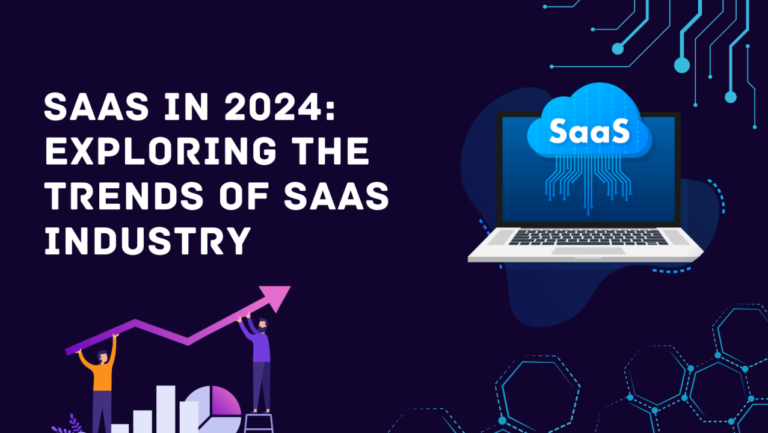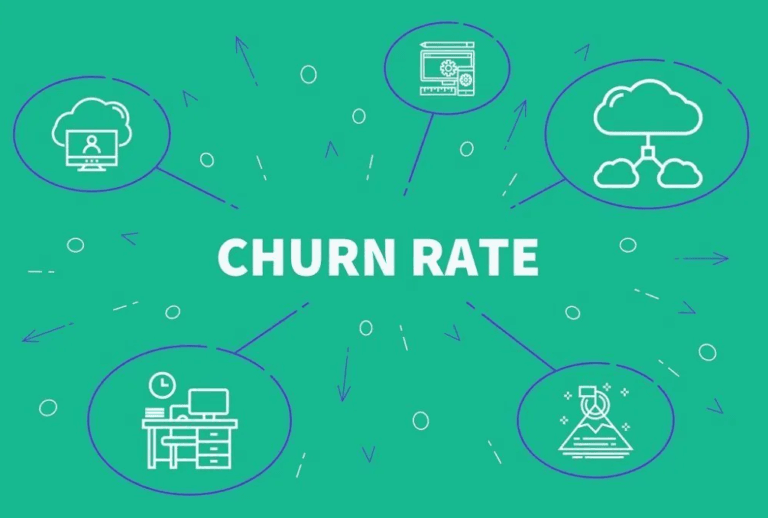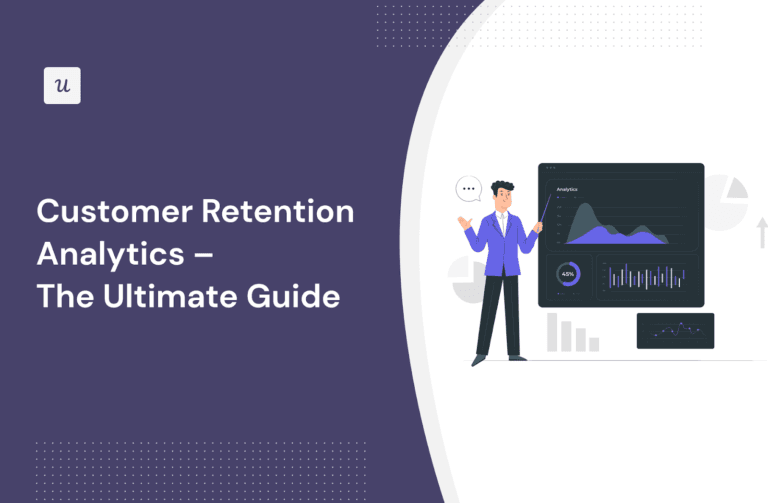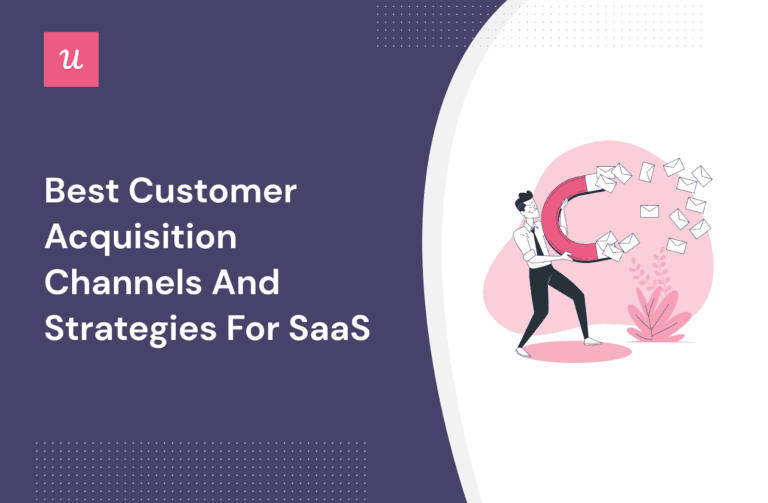While SaaS (Software-as-a-Service) isn’t a novel concept in the business realm, it has, for a considerable time, been predominantly associated with the IT sector. Nonetheless, it remains a source of intriguing insights into the potential for innovation within established models. The SaaS model offers many fascinating ideas on how to manage businesses, structure organizations, and model services. The compelling parallels it draws prompt an immediate call to action for implementing proven methods for software and cloud applications.
One stellar illustration is the application of Growth Hacking and Lean Marketing, concepts that originated in the software and startup domains but have found even greater success at the enterprise level. Talent Garden has been a prominent advocate for these methodologies throughout Europe, emphasizing their applicability and transformative potential beyond the software sector. This underscores the adaptability and cross-industry influence that SaaS models can wield, contributing not only to the evolution of IT practices but also to the broader landscape of business innovation.
Starting with the basics of microservices architecture, the adventure begins. Explore in detail the ideas that guide this ground-breaking method of developing software. Readers will learn how to transition from monolithic systems to modular, scalable, and agile microservices through user-interactive tales.
The Nuts and Bolts: Implementing Microservices
Implementing microservices involves breaking down a monolithic application into smaller, independent services with distinct functionality. These services foster agility and continuous delivery, with updates being a breeze. RESTful APIs, which are simple and flexible, guide interactions over HTTP, making the journey seamless and ensuring smooth communication.

Containerization, like Docker, offers a lightweight environment for microservices, ensuring consistency throughout development, testing, and production. Kubernetes manages these containers, while data management is crucial for decentralized, autonomous microservices. Maintaining data consistency requires delicate strategies.
Organizational changes take center stage as the curtains rise on this architectural ballet. Teams transform from siloed structures to cross-functional ensembles aligned with specific microservices, nurturing a DevOps culture. This cultural shift encourages collaboration, a dance of development and operations teams, choreographing efficient, automated processes.
Challenges and Solutions
Software as a Service (SaaS) is revolutionizing business operations by placing applications in the cloud, enhancing efficiency, and saving costs. However, it also presents significant development challenges, such as aligning with user expectations and ensuring data security. Understanding these challenges can help SaaS companies develop robust, reliable, and user-friendly applications, enhancing efficiency and reducing costs.

Businesses worldwide rely on SaaS applications and solutions for various operations, including accounting, invoices, emailing, task management, and attendance. However, SaaS development presents challenges in delivering applications to users, including technical and general issues.
- Understanding the Complexity of Multi-tenancy Architecture: Multi-tenancy in SaaS application development offers economic benefits and customization options for tenants. However, it requires balancing resource sharing with data privacy, security, and customization. Similar to an apartment complex, tenants use the same SaaS application and infrastructure, maintaining privacy and security.
- Managing Scalability and Performance: Software-as-a-Service (SaaS) application development revolutionizes business access to software, requiring only an internet connection. Companies focus on scalability, performance, and iterative improvement. Zero downtime deployment strategies are essential for a competitive advantage. Data security is crucial for SaaS applications. Transitioning from traditional ERP to SaaS models boosts efficiency and sustainability.
- Ensuring Data Security and Privacy: SaaS solutions are revolutionizing business operations, but developers face challenges in ensuring data security and privacy. While convenience offers data access, it also poses risks to data security. Balancing these concerns requires careful design during the SaaS development process.
- Dealing with Integration Issues, third-party integration, and integrating Cloud-based software: SaaS application development is revolutionizing traditional systems, but challenges like data inconsistency and third-party integration can arise. A well-versed development team is needed to ensure smooth deployment and zero downtime. A robust SaaS application framework is crucial, but factors like data security and internet connection can complicate the process.
- Maintaining Regulatory Compliance: Regulatory compliance in SaaS development is crucial, as it involves adhering to laws and regulations addressing data security, privacy, and financial transactions, requiring proficiency in the process.
- Offering Quality Customer Support: Quality customer support is crucial for SaaS companies, involving prompt and efficient handling of inquiries and issues, while also monitoring feedback to improve products and increase customer satisfaction.
- User Customization: Balancing user customization and a cohesive SaaS framework is crucial for SaaS development companies to cater to unique user needs while maintaining product integrity.
SaaS development presents unique challenges such as data security, integration complexities, and zero downtime requirements. However, with the rise in SaaS applications, these challenges are manageable. Developers must continuously evaluate and refine their SaaS application framework, manage data inconsistencies, and ensure seamless ERP software integration. A resilient development team, idea generation environment, and commitment to delivering robust SaaS solutions are essential. CognitiveClouds offers SaaS application development services to help companies overcome these challenges and build resilient and dynamic SaaS products.
Future Trends and Innovations
The SaaS industry is constantly evolving, with the integration of AI and machine learning into solutions becoming increasingly sophisticated. This allows for more accurate insights, improved efficiency, and advanced decision-making capabilities. Data privacy and security are also becoming increasingly important, with providers investing in encryption technologies and multi-factor authentication. SaaS solutions are being integrated with other technologies like IoT, blockchain, and augmented reality to create more sophisticated solutions.

SaaS governance is crucial for the effective and secure use of these solutions. Vertical-specific SaaS solutions are becoming popular, with a growing demand for tailored solutions for specific industries. SaaS companies are expanding into emerging markets, such as Asia, Africa, and South America, to streamline operations, reduce costs, and improve competitiveness.
SaaS analytics solutions are becoming increasingly important as businesses seek insights from their data to make data-driven decisions. Organizations are also increasingly focused on sustainability, seeking SaaS solutions that can help them reduce their carbon footprint and operate more sustainably.

SaaS for business transformation is a growing trend, driven by the rapid pace of technological innovation and the growing demand for digital solutions. This trend includes cloud-based solutions, AI-powered tools, and platforms for digital transformation.
Lastly, a positive customer experience is becoming more important for SaaS providers, with a focus on user-friendly interfaces, personalized customer support, and seamless experiences. By staying ahead of these trends, organizations can ensure they are using SaaS solutions effectively and efficiently to drive business success.
Microservices and SaaS Business: Best Opportunities for Growth
Microservices architecture is revolutionizing the IT industry, with companies like Amazon, Coca-Cola, and Zalando reshaping their internal structures. This symbiotic link between Microservices and Software as a Service (SaaS) has become a powerhouse for innovation and business scalability. Microservices break down complex applications into independent services, enhancing scalability, flexibility, and reliability. Kubernetes, a container orchestration tool, adds efficiency to the Microservices journey. Personalization and seamless integration are crucial for success in the global Software as a Service market, set to reach $623 billion by 2023.

Interoperability is crucial for modern business operations, facilitating data flow and real-time information exchange. SaaS integration and interoperability aim to achieve operational efficiency by streamlining processes and consolidating tasks. Microservices are transformative for data, breaking down monolithic structures into modular services. They offer scalability and granular handling, with innovations like AI-powered analytics and edge computing integration. Cost efficiency and resource optimization are essential for SaaS organizations, involving right-sizing resources, serverless and containerization, cost monitoring, storage and data transfer costs, and continuous architecture evaluation. Global expansion and localization are key to success.
Interoperability is crucial for modern business operations, enhancing data flow and real-time information exchange. SaaS integration and microservices streamline processes, offering scalability and AI-powered analytics. Cost efficiency, resource optimization, and global expansion are essential for SaaS success.
Data Management and Analytics
Data management and analytics are essential for modern business strategies, providing insights for informed decisions and a competitive edge. Robust governance, centralized repositories, advanced analytics techniques, and data visualization tools help consolidate diverse data sources. As the digital world continues to grow, data has become an increasingly valuable resource for organizations. This chapter examines how microservices are essential to maximizing the potential of analytics and data management.

Readers will traverse the challenging terrain of using data to make strategic decisions inside the microservices architecture through user-interactive tales.
- Microservices and Data Architecture: Assume the role of CTO for a SaaS firm that is implementing microservices. You take the decision-making reins in the user interactive tale, selecting from a variety of data topologies. Which kind of database system—a distributed one or a centralized one? Your choice will have repercussions that become apparent as the startup moves forward. Data architecture may be flexible thanks to microservices. The kind of application, data consistency, and scalability needs all play a role in selecting the best strategy.
- Real-time Analytics Integration: You are responsible for integrating real-time analytics into the microservices ecosystem as the Head of Analytics for a SaaS platform. You are guided through the decision-making process by user-engaging tales, which cover everything from choosing the right analytics tools to creating data pipelines. The platform’s capacity to give consumers meaningful insights is a direct result of your decisions. Real-time analytics can be seamlessly integrated with microservices, giving firms instantaneous insights to facilitate quick decision-making.
- Scalable Data Processing: Imagine yourself managing enormous datasets as the Chief Data Scientist of a SaaS firm. There are situations in the user-interactive tale where you have to select scalable data processing frameworks for microservices. As the business expands and the number of data increases, the consequences of your decisions become more evident. Microservices facilitate the adoption of scalable data processing solutions by enterprises, guaranteeing the effective management of substantial datasets and fostering innovation driven by data.
- Data Security and Compliance: Your firm must adhere to strict data security and compliance regulations since it handles sensitive consumer data. You may fully immerse yourself in the decision-making process of incorporating strong security measures into the microservices architecture by reading user-engaging tales. Your decisions have an impact as the startup negotiates regulatory environments. Data security across dispersed components is made more difficult by microservices. The system’s overall resilience is impacted by the decisions taken regarding microservice security.
Effective data management and analytics are essential for companies using microservices if they want to guarantee data security, obtain valuable insights, and take advantage of scalable data processing. The user-interactive tales provide readers with a dynamic learning experience by guiding them through important choices in the always-changing data landscape of microservices architecture.
Microservices and SaaS: The Future Landscape
The future of SaaS is shaped by key trends, including AI and machine learning, which optimize processes and provide predictive analytics, and the demand for collaboration tools, which focus on seamless communication and productivity enhancement. This chapter discusses the future of microservices in the Software as a Service (SaaS) area as the digital world changes further. Readers will participate in emerging trend decision-making situations through user-interactive tales, enabling them to remain ahead of the curve in the ever-evolving world of microservices and SaaS.
- Serverless Computing Integration: As the CIO of a SaaS company, you’ll be responsible for integrating serverless computing into a microservices architecture, making decisions that impact resource utilization and system performance, and ensuring scalability and cost-effectiveness.
- AI and Machine Learning Integration: As Head of Product Development, integrate AI and machine learning into your SaaS platform using microservices. Choose AI frameworks and deploy machine learning models, leveraging modularity for intelligent functionalities without compromising flexibility.
- Blockchain for Security and Transparency: The interactive story demonstrates the importance of integrating blockchain technology in SaaS platforms for enhanced security and transparency, fostering user trust and mitigating potential data vulnerabilities, thereby enhancing platform integrity.
- Edge Computing for Latency-sensitive Applications: The Chief Technology Architect is tasked with optimizing microservices architecture for latency-sensitive applications using edge computing. Decisions include selecting providers and designing microservices for edge deployment, ensuring real-time responsiveness.
The secret to long-term innovation in the SaaS space will be the incorporation of cutting-edge technology into the microservices architecture. Readers are given an insightful trip via user-engaging tales, which enables them to make important decisions and put their SaaS platforms at the forefront of technological innovations.
A transformational force in the always-changing world of software development and service delivery is the synergistic interaction between Microservices and Software as a Service (SaaS). Through its voyage through the domains of service-oriented success, Microservices’ scalable and modular design has demonstrated how it is facilitating SaaS innovation. As we draw to a close our investigation, it is critical to summarize the most important lessons learned and consider the ongoing influence of this dynamic partnership.

Microservices have revolutionized application development and operation by breaking down monolithic structures, enabling agility, scalability, and resilience. This has led to the reimagining of Software as a Service (SaaS), resulting in faster development cycles, enhanced user experiences, and unparalleled scalability. Microservices empower SaaS providers to innovate at a pace previously thought unattainable, enabling dynamic scaling and continuous integration. Their inherent scalability allows applications to grow seamlessly with user demands, demonstrating the power of Microservices in fostering scalable SaaS solutions. The integration of Microservices and SaaS is set to continue, with emerging technologies like serverless computing, artificial intelligence, and blockchain redefining the landscape.
The fusion of Microservices and SaaS is revolutionizing software development and delivery, promoting adaptability and creativity. This innovative approach guides businesses and individuals towards a landscape where Microservices can fully unleash their potential in SaaS innovation.








